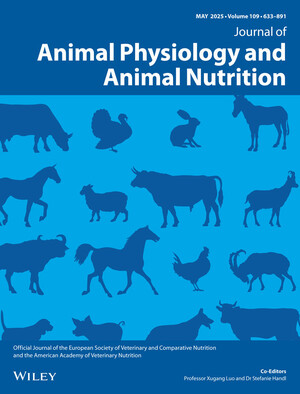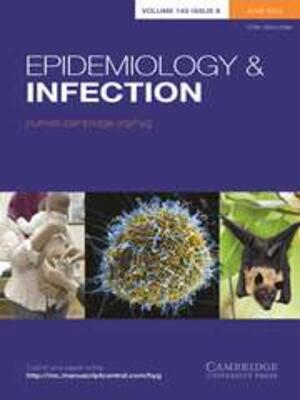
Slaughter component yield characteristics of some indigenous goat types in Ethiopia
Abstract
Slaughter data from 1547 male indigenous marketable goats (406 Afar, 389 Long eared Somali, 412 Arsi-Bale and 340 Woyto-Guji), were analyzed to compare carcass and edible-offal component yields. Dressing percentage (DP) was determined based on slaughter weight (SH). Percentage total edible offal component (PTEOC) was obtained as the sum of weights of blood, lungs (with heart and trachea), liver (with gall bladder), kidneys, omental fat, spleen (with pancreas) and gut empty. Percentage total non-edible offal component (PTNEOC) was obtained as the sum of weights of head (HD), skin (SK), tests with penis (TP) and gut fill total (GFT). Percentage total usable product (PTUP) was calculated as the sum of DP and PTEOC. These variables were computed as proportion of SW. The Afar, Arsi-Bale and Woyto-Guji goat types showed similar (P>0.05) DP values, and they dressed significantly (P<0.01) higher than the Long-eared Somali goat type (45.5 f 0.17%, 45.4 f 0.16%, and 45.2 (+ or -) 0.02% vs. 43.5 (+ or -) 0.16%, respectively. However, than PTEOC were considered with the carcass components, and when comparison was made on PTUP basis, the Afar goat type (62 f 0.18%) was superior (P<0.01), followed by Arsi-Bale, Woyto-Guji goats and the Longeared Somali goat type. Any livestock breed evaluation studies for meat production should emphasize the need to pay attention to the total yield of usable products, rather than the carcass weight and dressing percentages alone, in cultures where edible offal component is traditionally consumed.
Citation
Ethiopian Journal of Animal Production;2(1): 87-95










